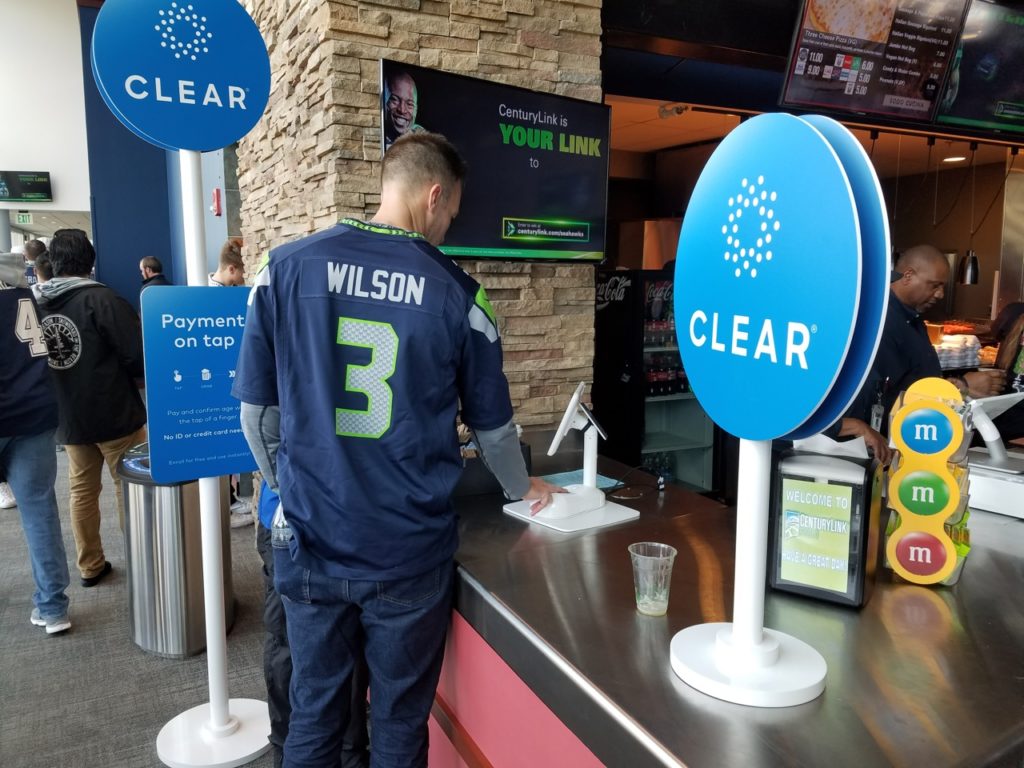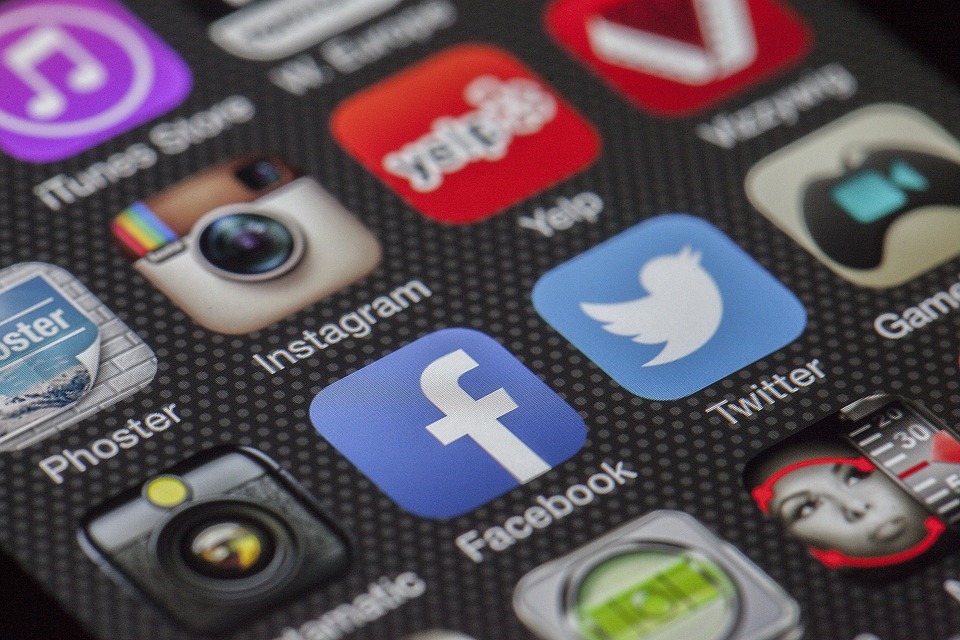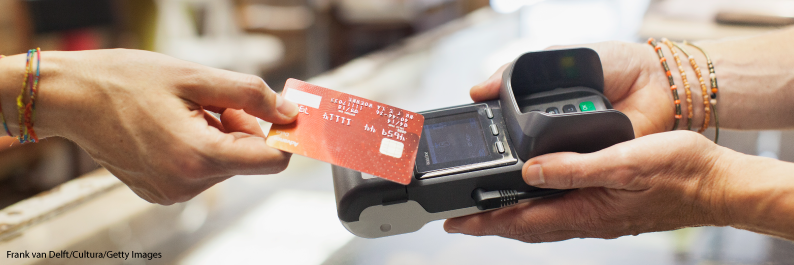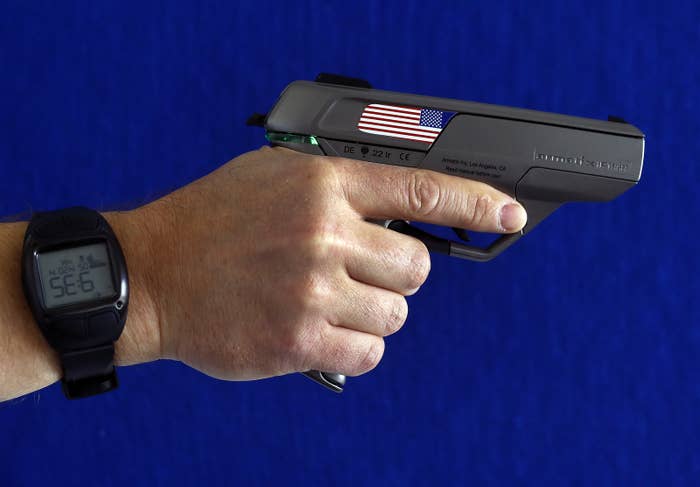By: Mariah L. Bayless Davis

The sport of baseball has forever been known as America’s Pastime. However, each year, less and less people are requesting to taken out to the ballgame.[1] In fact, from 2008 to 2018, the NFL, NBA, and NHL also experienced a steady decline in game attendance.[2] While “it is tough to know exactly what is stopping fans from coming to games,” the MLB proposed their solution: enhancing the fan experience, because happy fans come back.[3]
Enhancing the fan experience was an easy answer because “to survive as a major sport, baseball needs to be […] more accessible and entertaining to younger generations that might have different viewpoints on what is or isn’t fun.”[4] The current commissioner, Rob Manfred commented on the attempt to evolve the fan experience saying, “stadiums have focused on creating more social spaces for fans to congregate and experience the game atmosphere without being glued to their seats for nine innings.”[5] For example, the Minnesota Twins opened their Bat & Barrel club in right field during the 2018 season.[6] Bat & Barrel was created as a social space that immersed fans in Twins history while giving fans a new way to watch the Twins play.[7] The new space did such a good job at enhancing the fan experience at Target Field that it was awarded the 2018 Ballpark Digest Award for Best MLB Renovation.[8] The Twins had stiff competition for this award as the Oakland A’s unveiled their Treehouse complex during the same season.[9] The “complex” comprised of “three spaces in one: A 10,000 square foot indoor bar, patio deck, and outdoor terraced bar and lounge where the left field bleachers used to be.”[10] Some clubs have gone further than unveiling social spaces. “What started as WiFi-enabled stadiums and electronic ticketing has morphed into deploying a variety of technology to create better fan experience, virtual reality and augmented reality tech posted on-field and on-court enables the broadcast of highlights and other content in VR and AR, and entire games in VR.”[11] All of these changes in the MLB stadiums were made with new, young fans in mind and are very important to the future of the game that is now competing with other entertainment.[12]
“With the inflow of new technologies every year and the many alternatives to experiencing games in-stadium, sports teams have found themselves in a constant race; desperately trying to improve attendance by pushing the limits of experiential marketing and fan engagement in your venue.”[13] In order to push the limits, MLB is currently partnering with CLEAR, a biometric identification company, to switch from paper and the once innovative electronic tickets to biometric identification.[14] The technology company has already partnered with the New York Yankees, Colorado Rockies, Seattle Mariners, New York Mets, Atlanta Braves, the Los Angeles Football Club, Oakland Athletics, San Jose Quakes, and Madison Square Garden to provide easy access.[15] In 2018, the Seattle Seahawks became the first NFL team to use CLEAR’s technology.[16] The technology is being marketed to patrons as a way to gain quick entry into the game via a fast pass lane and the ability to purchase food or alcohol by simply scanning a fingerprint.[17] Seems like steal, but do patrons know what they’re actually sacrificing for convenience?
This CLEAR technology will surely provide a seamless experience for fans, as it has “reduced hour-long wait times to a matter of minutes” at the airports it is installed in.[18] However, what is the cost fans are paying for lesser waiting times for a hot dog and a Coors Light? The CLEAR program is free for anyone at any of the partnered ballparks.[19] Patrons simply register by “submitting biometric data – like fingerprints and a retina scan – and once approved, merely have to be scanned through much quicker security line.”[20] What is stored in our fingerprints and retina scan is not just biometric data, but our identity. The want for less friction makes patrons vulnerable. Jay Stanley, a senior policy analyst for the American Civil Liberties Union, said, “the sort of intimate data that biometric tools collect becomes a honeypot for hackers and the unique identifiers can be used to track people and merge information about various parts of their lives into broader visions of how they live.”[21] Patrons do not understand that by submitting six total fingerprints, their ID, an email address and phone number, they are handing over their privacy.[22] By making convenience so alluring in an instant gratification society, patrons are left to choose between convenience and privacy – because they cannot have both.
The biggest issue with this technology is that it is a legal Wild West, as there is no federal law regulating the collection, use, and protection of biometric data.[23] “The collection of details related to someone’s face is classified as ‘biometric’ information, which requires specific forms of notice and consent in live with the laws of certain states.”[24] Seattle Seahawks and Seattle Mariners fans are protected, as Washington is one of three states that regulates biometric data.[25] However, fans in other states “need to be informed and they need to understand what information is being collected and how it’s being used.”[26] Although fans still have the the power to decide whether they are treated like another data point, “facial identification is becoming too convenient to avoid – even if laws or public pressure continues to make it voluntary.”[27] The availability of convience incentivizes patrons to just give in.[28]
The only way for patrons to choose between convenience and privacy is to first be informed, because “once you’ve lost your privacy, you’ve lost an extremely valuable thing.”[29] Biometric data could save lives or ruin them, depending on how its managed.[30] “Unlike a username and password, people can’t change their fingerprints or retinas” if they are compromised in a breach.[31] So what will it be: skipping the line to buy a beer or your privacy?
[1] See Danielle Allentuck and Kevin Draper, Baseball Saw a Million More Empty Seats. Does It Matter?, NY Times (Oct. 1, 2019), http://www.nytimes.com/2019/09/29/sports/baseball/mlb-attendance.html.
[2] See Grant Suneson, These Pro Sports Teams Are Running Out of Fans, usa today (Jul. 20, 2019), https://www.usatoday.com/story/money/2019/07/15/nfl-nba/nhl-mlb-sports-teams-running-out-of-fans/39667999/
[3] Id.
[4] Dave Sheinin, In Seeking New Fans Without Offending Current Ones, MLB Faces Its Toughest Call, Wash. Post (Jul. 20, 2018), https://www.washingtonpost.com/news/sports/wp/2018/07/20/in-seeking-new-fans-without-offending-current-ones-mlb-faces-its-toughest-call/
[5] Chris Hine, Major League Baseball Fans Turning Gray While Millennials Tunring Out, Star Tribune (Jul. 16, 2018), www.startribune.com/major-league-baseball-fans-turning-gray-while-millennials-turning-out/488240861/?refresh=true
[6] See id.
[7] See Target Field Bat & Barrel Named Best MLB Renovation for 2018, Populous (Nov. 21, 2018), https://populous/com/target-field-bat-barrel-named-best-mlb-renovation-2018
[8] See id.
[9] See Bill Frijoles, A’s Announce New “Treehouse” Complex in Left Field, Athletics Nation (Feb. 28, 2018), https://www.athleticsnation/com/2018/2/28/17064134/as-announce-new-treehouse-complex-in-left-field-coliseum
[10] Id.
[11] Douglas N. Masters, How Technology is Improving the Fan Experience – And Creating Legal Challenges for Clubs and Leagues, Law In Sport (Feb. 22, 2019), https://www.lawinsport.com/topics/sports/items/how-technology-is-improving-the-fan-experience-and-creating-legal-challenges-for-clubs-and-leagues
[12] See Allentuck and Draper, supra note 1.
[13] Team Brizi, 3 Reasons Why Improving the Fan Experience Will Drive Revenue, Brizi (Mar. 18, 2018), https://brizicam.com/insights/3-reasons-why-improving-the-fan-experience-will-drive-revenue/
[14] See Logan Huff, MLB Partnership Could Change the Way Fans Access Stadiums, GlobalSport Matters (Mar. 27, 2019), https://globalsportmatters.com/business/2019/03/27/mlb-targets-bioetric-identification-nationwide/
[15] See id.
[16] See Taylor Sopher, Scan Your Fingerprint, Get a Beer: Testing CLEAR’s Biometric Tech at A Seahawks Game, Geek Wire (Nov. 10, 2018), https://www.geekwire.com/2018/scan-your-fingerprint-get-beer-testing-clears-biometric-techology-seattle-seahawks-game/
[17] See id.
[18] Brandi Vincent, Biometrics Offer Travelers a Deal: Convenience and Security in Exchange for Personal Info, NBC News (Dec. 21, 2018), https://www.nbcnews.com/tech/security/biometrics-offer-travelers-deal-convenience-security-exchange-your-info-n950966
[19] See Geoff Baker, Registering Your Biometric Data Will Get You Into Safeco Faster, But At What Cost?, Seattle Times (Apr. 9, 2018), https://www.seattletimes.com/sports/mariners/registering-your-biometric-data-will-get-you-into-safeco-faster-but-theres-reason-for-concern/
[20] Id.
[21] Vincent, supra note 18.
[22] See Sopher, supra note 16.
[23] See Kevin Draper, Madison Square Garden Has Used Face-Scanning Technology on Customers, Ny Times (Mar. 13, 2018), https://www.nytimes.com/2018/03/13/sports/facial-recognition-madison-square-garden.html
[24] Richard L. Brand and Eva Pulliam, Faces in The Crowd: Legal Considerations for Use of Facial Recognition Technology at Sports Arenas, Law In Sport (Aug. 29, 2018), https://www.lawinsport.com/topics/sports/item/faces-in-the-crowd-legal-considerations-for-use-of-facial-recognition-technology-at-sports-arenas
[25] See Biometric Data and Data Protection Regulations, Gemalto (Sept. 4, 2019), https://www.gemalto.com/govt/biometrics/biometric-data
[26] Huff, supra note 14.
[27] Geoffrey A. Fowler, Don’t Smile for Surveillance: Why Airport Face Scans Are a Privacy Trap, Wash. Post (Jun. 10, 2019), https://www.washingtonpost.com/technology/2019/06/10/your-face-is-now-your-boarding-pass-thats-problems/
[28] See Vincent, supra note 18.
[29] Nancy Gibbs and Michael Duffy, A New Book Reveals What Graham Learned – and What He Regretted – In His 50-Year Ministry to U.S. Presidents, Time (Aug. 9, 2007), content.time.com/time/subscriber/article/0,33009,1651625-2,00.html
[30] See Lisa Joy Rosner, How Biometric Data Will Shift the Privacy Conversation, Forbes (Jul. 2, 2019), https://www.forbes.com/sites/forbescommunicationscouncil/2019/07/02/how-biometric-data-will-shift-the-privacy-conversation/#46f194113f4c
[31] Rosner, supra note 30.
image source: https://www.mobilesportsreport.com/2018/10/paying-for-beer-with-a-fingerprint-gets-thumbs-up-at-seattles-centurylink-field/









